How to Engage with a Patient and their Family during a Telehealth Visit?
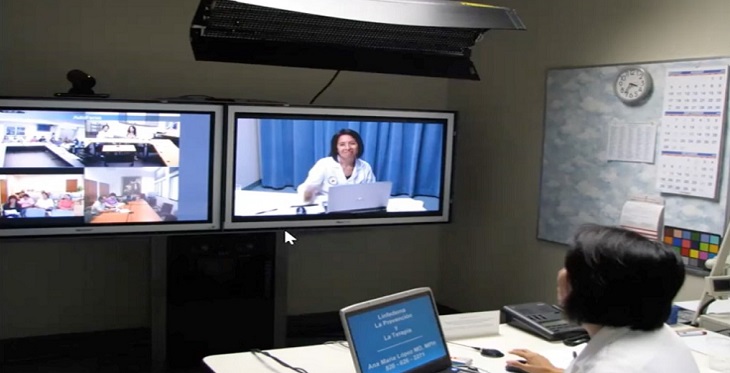



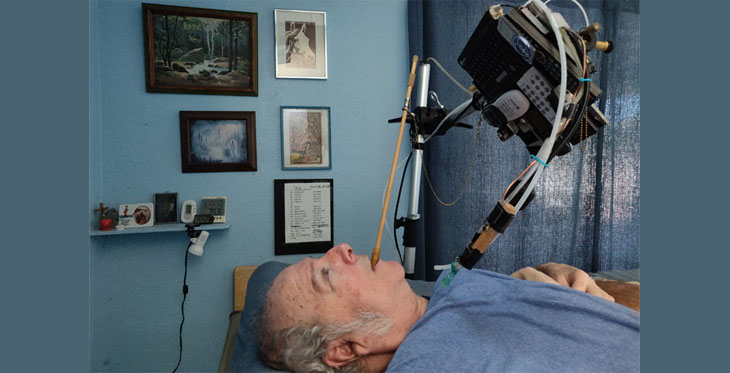
I don’t use a smartphone to access Telehealth. Being a “tetraplegic” I have no use of my hands, so I invented a unique way to operate different electronic devices.
I created two styles of mouth sticks.
This one I use while in bed. It’s made from a quarter inch wooden dowel with both ends covered with surgical tubing. If you notice, one end is covered two and a half inches and the other a half inch. The longer end is for biting on and the other is to cushion the tip.
The second mouth stick I use while sitting up in my wheelchair. I can drive up to the desk I designed and park myself in front of my keyboard and computer. The mouth sticks I use while in my chair has a lucite bite impression the dentists made for me. I don’t use this type of mouth stick while laying down in bed because I can’t easily swivel the stick from side to side.


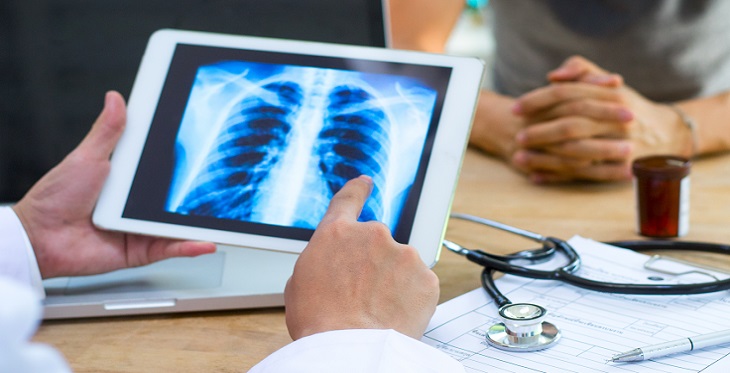
There is no doubt that COVID-19 has disrupted our healthcare systems and the general population worldwide in a host of ways no one could have imagined just 6 months ago. On a regular basis, we hear on the news stories about how many cases there are, how many deaths, where to get tested, hot spots, how healthcare disparities contribute to certain populations being more vulnerable than others, and how we need to social distance, wash our hands and wear masks.
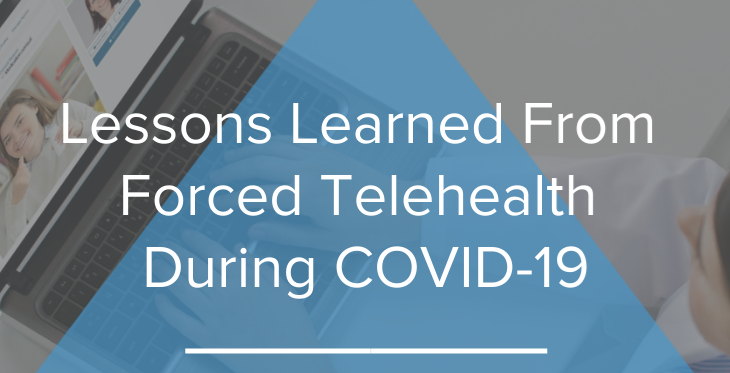
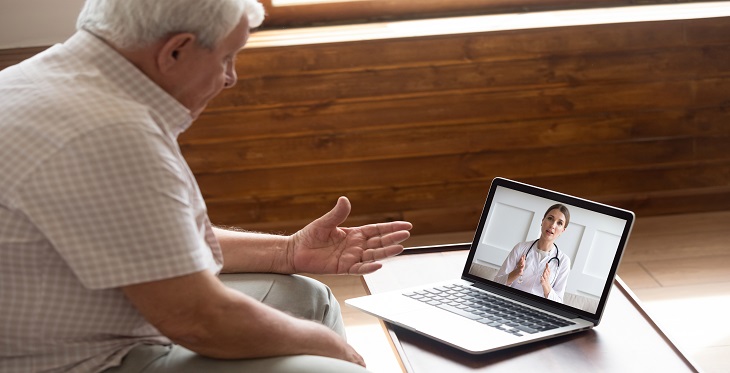
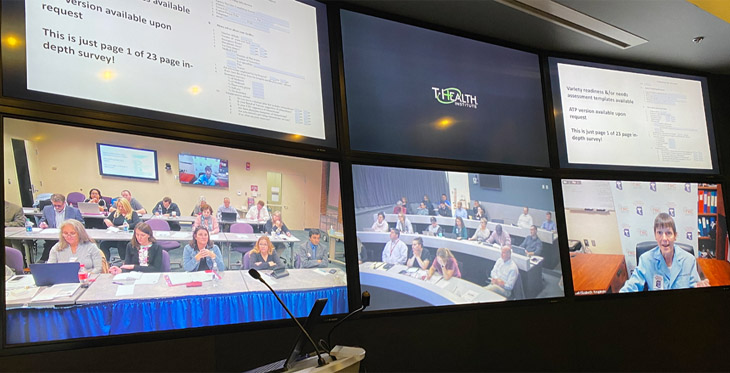
Online Course: “Developing Telemedicine Services”
Open Enrollment
The national award-winning Arizona Telemedicine Program (ATP), headquartered at the University of Arizona Health Sciences in Tucson, Arizona, will conduct a major, online training program regarding the COVID-19 pandemic for health-care providers, administrators, and educators, titled: “Developing Telemedicine Services,” on Monday, March 23, 2020. “Telemedicine is a key capability for healthcare providers and the community they serve to slow the spread of the COVID-19,” notes Ronald S. Weinstein, MD, a pioneer in telemedicine and founding director of the Arizona Telemedicine Program. The ATP has been producing in-person telemedicine and telehealth training programs for the past 20 years. Thousands of individuals, from hundreds of healthcare organizations, have attended these programs and given them high marks. “Now, in response to the COVID-19 pardemic, we are taking the course online for the first time.” He added, “Obviously, this will open the session to a far larger audience, filling an urgent need at this time.”